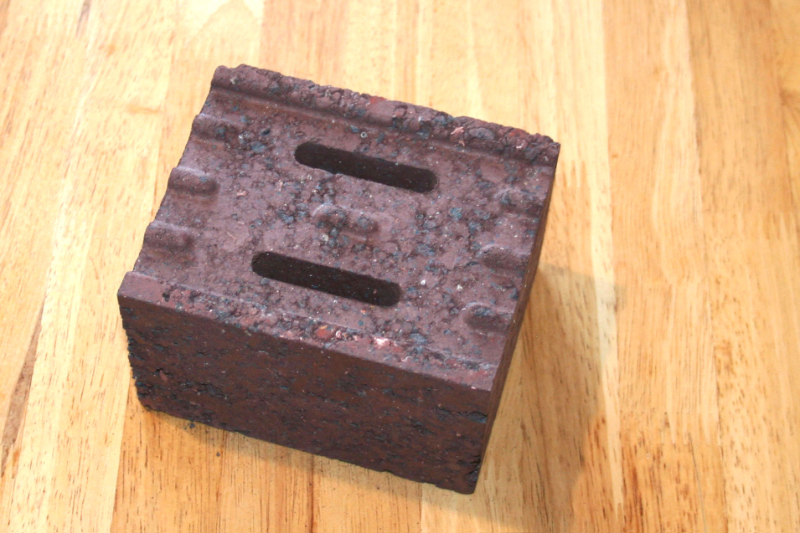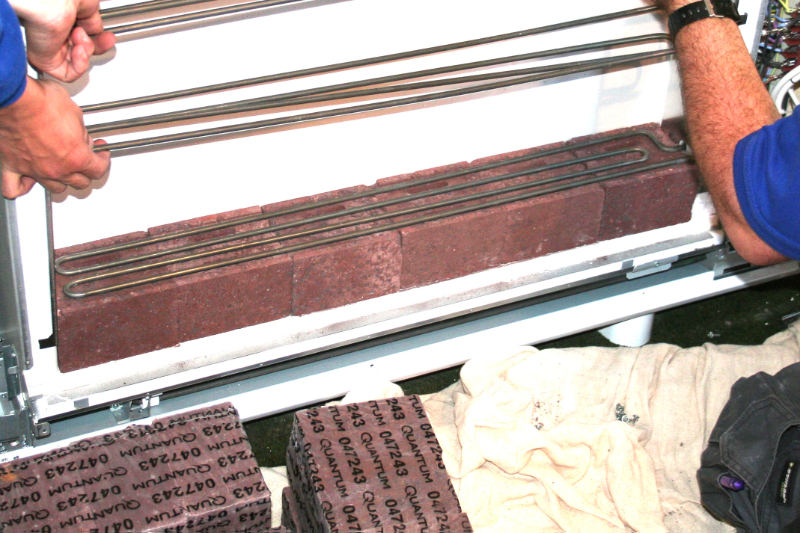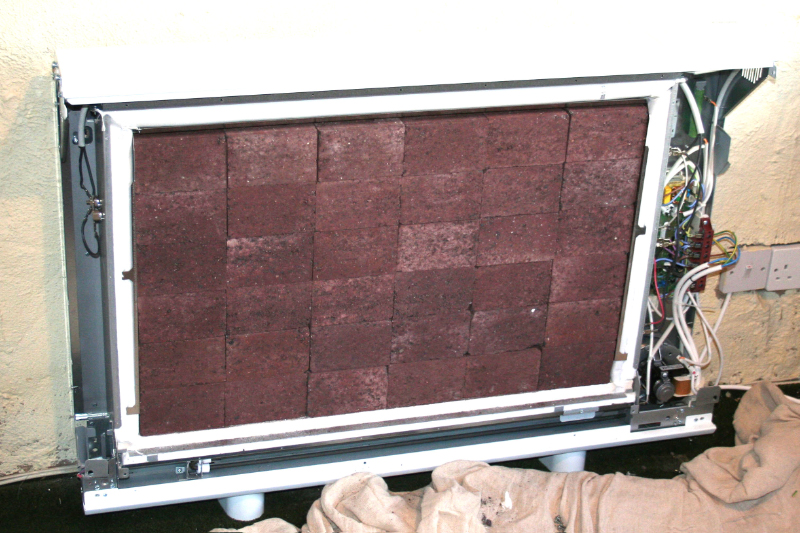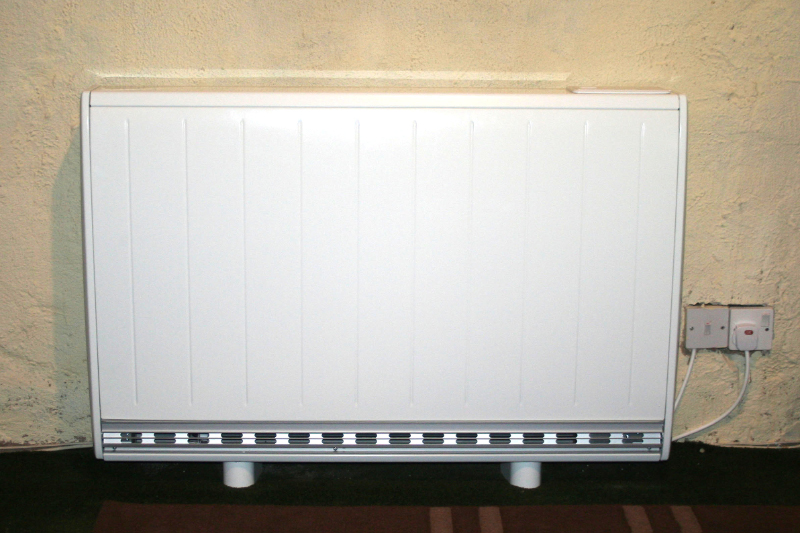
Every storage heater that has ever been made works in exactly the same way. They consist of a core of ceramic blocks which are heated by electric elements. These blocks were originally similar in size to ordinary house bricks (which is why they were and still are called bricks) except that they had grooves in them for the heating elements and to allow circulation of air through the core. Over the years the size and shape of the bricks and the material from which they are made have changed, although they have always been of a size and shape and weight which allows them to be easily handled by just one person.




Once the power to the heating elements comes on the bricks start to heat up, and a few hours later they will be very hot indeed. This core is surrounded by insulating panels.
Over the past fifty years many new insulating materials have been developed. Originally some of the heat used to warm the room came through the walls of the heater and some from warm air circulating through the core. As better insulating materials were developed more and more of the heat warming the room came from the air circulating through the core and less and less through the walls of the heater, and then a fan was added to give better control of the flow of air through the core. Today's storage heaters have such good insulation that the only heat coming into the room is from air being blown through the hot core by an ultra-quiet low-speed fan the length of the heater with the warm air coming out of the bottom of the heater at floor level - even when the core is full charged the outside of the heater is usually little more than barely warm to the touch.
To warm the room when no heat is stored in the core, for example during a cool evening in the summer months, today’s storage heaters also include a conventional heating element - this is discussed further on another Page.
Storage heaters are not central heating: each room has its own separate heater with its own controls. We live in a late-Victorian mid-terrace house on four floors, with lots of stairs and landings. In 1979 we installed eight storage heaters. We wanted the heater in the hall to keep the hall and all the stairs and all the landings “nice and warm” twenty four hours a day and seven days a week, and forty years later this is still what we want, and forty years later it is still doing exactly that. It has stopped heating the house only once in this time, and that was the second day after the 1987 “hurricane”, when we had had no electricity for two nights running. And over the past forty years we have spent not one penny on repairs or maintenance on it, or in fact on any of our storage heaters.
Of course over forty years we have replaced the heaters in the other rooms, one at a time, not because the old ones have stopped working but because the children have left home and our life-style and our life-style expectations have changed. In the same way, if you were installing a new gas-fired central heating system today you would not choose the same sort of system your parents would have chosen forty years ago.
The rest of this Section of my Web Site is only about our experiences of the latest Quantum heaters because if you want to find out about modern storage heating telling you about our ten or twenty or thirty or forty year old ones will not help you. But there is another Page on early storage heaters.
All Quantum heaters work in exactly the same way, they differ only in the number of bricks in the core and so the amount of heat they can store. If you do not buy one big enough for the room you want to heat it may not always be warm enough unless you also use the conventional heating element, but this uses full-price electricity. If you buy one too big it will work perfectly, it will be the same height and depth but a little longer. It will not be more expensive to run but will be a little more expensive to buy. You can work out what size you need by looking at the Quantum Web Site but if in doubt buy the next size up.
A storage heater needs two separate power supplies. The first is for the interruptible supply which heats the core. This must have its own connection to the house distribution board and meter, and will have its own 30 A circuit breaker. The second is for the fan and the micro-processor which controls the heater, and also the conventional heater; this can be connected to the ordinary 13 A ring main circuit.
Each Quantum heater is programmed from a touch-pad on the top: you set the room temperature you want and the times (different for each day of the week if you like) when you want the room to be warm. Remember that storage heating is not central heating: because different rooms may have different heating requirements storage heaters in different rooms are programmed completely separately; if a room is large enough to need more than one heater you can program just one heater and set all the other heaters in the room to be slaves which follow the same program.
Your installer will program each heater for you, or you can do it yourself or change the setting at any time - it is easier and quicker than changing the settings on a gas-fired central heating system. Don’t forget to turn on the child lock if you think you need to.
If you suddenly decide you want the room to be warmer you just set a new temperaure and the room will warm up as quickly as if you had turned on a fan heater - which of course you have except that you are using stored heat and not peak-rate electricity.
I understand that the latest Quantum heaters can also be individually remotely controlled by a Smartphone app, although I myself have no experience of this.